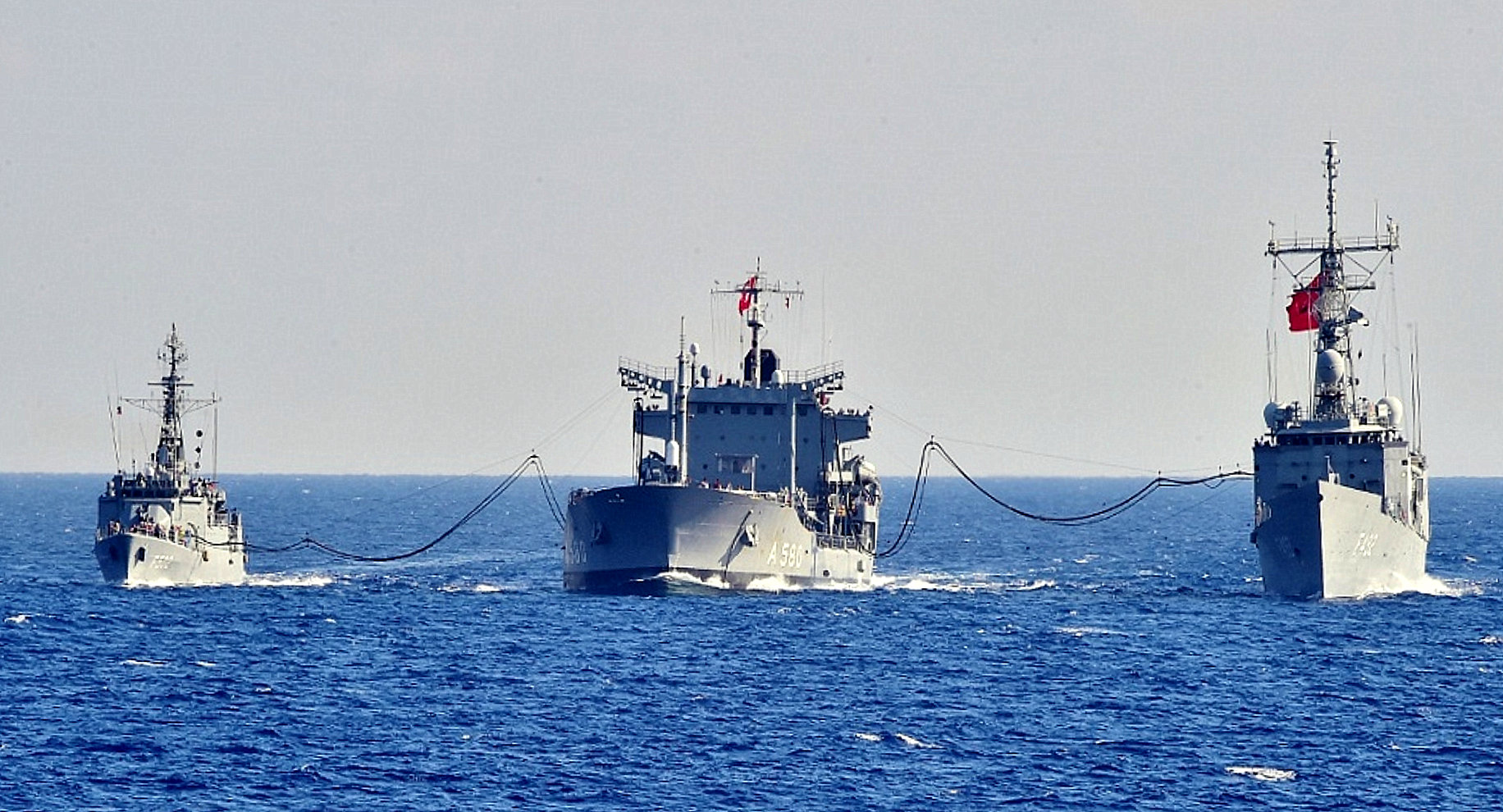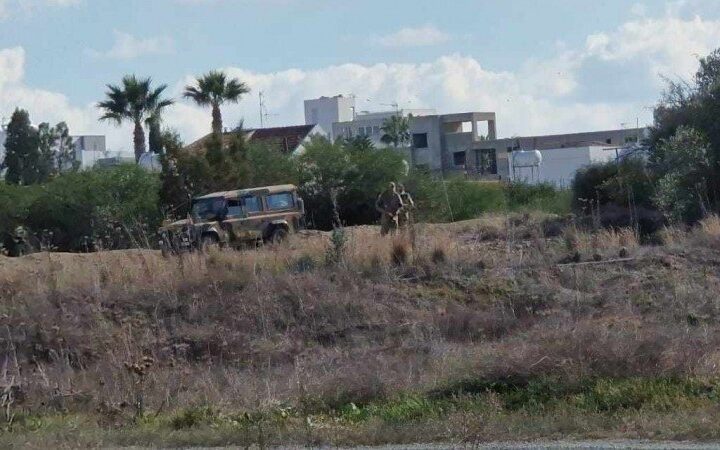By Dr Andrestinos N. Papadopoulos, Ambassador a.h.
The recent statement by the Russian Ambassador to Greece, Andrey Maslov, concerning Turkey’s provocative actions in the Aegean and the EEZ of Cyprus, prompted me to write this article.
As stated by Ambassador Maslov, “the EEZ of the islands and the prohibition of the threats or the use of force are self-evident things,” characterising the Law of the Sea as the cornerstone of the maritime regime.
Compared to the position taken by western powers on the issue, Ambassador Maslov’s statement goes a step further.
It enunciates a principle of international law, enshrined in the UN Charter, and addresses the core of the behaviour of Turkey, qualifying the non-use of force as a “self-evident thing”.
As a matter of fact, the Russian Federation considers the stability in the eastern Mediterranean as a factor not only of regional but also of Russian national security.
The deliberate escalation, therefore, of the situation in the region is of concern to Russia, believing that it will impede the finding of a political solution to regional disputes.
Given that the development of energy programmes in the eastern Mediterranean constitutes the apple of discord for states in the region, Russia is of the opinion that the Republic of Cyprus is entitled to develop the energy resources in its EEZ, in accordance with the rules of international law, and that whatever problem emerges should be solved through dialogue, on the basis of international law and the Law of the Sea Convention.
As head of the delegation of Cyprus to the Stockholm Conference on confidence and security-building measures, I proposed, in March 1985, a solemn declaration on the non-use of force conceived as a document which would enunciate all relevant principles contained in the U.N. Charter and the Helsinki Final Act.
Set standards of international behaviour for the participating states and contain such supportive measures as were deemed necessary, with a view to making it a politically binding document.
To facilitate the drafting of the declaration, the following ideas were put forward: the concept of the non-use of force covers not only the actual use of force but also the threat of using force.
There is, however, another important aspect, the manifestation of force — both manifestation of force and threat of using force have as their purpose to intimidate. To throw more light on the concept of the non-use of force, it would be of interest to see how the use of force is manifested.
The moral use of force covers cases in which force is manifested to induce a state to renounce the full exercise of its sovereign rights, acts of economic coercion and demands for part or all of the territory of a state.
Armed aggression covers the cases of invasion, attack on the territory of a state, acts of reprisal, surprise attack, etc.
Finally, mention should be made of military occupation, acquisition of territory and assault of frontiers.
It would be equally of interest to mention what is to be protected through the application of the principle of the non-use of force: the territorial integrity, political independence, sovereign equality, the inviolability of frontiers of states and, in a more general sense, international peace and security.
Moreover, the principle imposes certain duties which represent the positive aspects of the general duty of states to refrain from the threat or use o force.
This is the case with the duty of the participating states to settle their international disputes by peaceful means in order not to endanger international peace, security and justice; to develop friendly relations based on respect for the principle of equal rights; to respect the sovereign equality of all state; and, to fulfil in good faith their obligations under international law.
Most of these ideas are reflected in the Stockholm Document on Confidence and Security-Building Measures and Disarmament in Europe, adopted on 19 September 1986.
Compared to other texts, there are two new provisions in the document – the one recalling the inherent right of individual or collective self-defence in case of an armed attack, and the other, stressing that non-compliance with the obligation of refraining from the threat or use of force constitutes a violation of international law.
Moreover, of interest to us, there is a clause reaffirming that “security in Europe is closely linked with security in the Mediterranean area as a whole.”
It is, therefore, obvious that Turkey as a participating state, by non-complying with the obligation of refraining from the threat or use of force violates international law.
As a result, the framework of the Organisation on Security and Cooperation in Europe (OESCE) offers another opportunity to the Republic of Cyprus to exercise pressure on Turkey.










